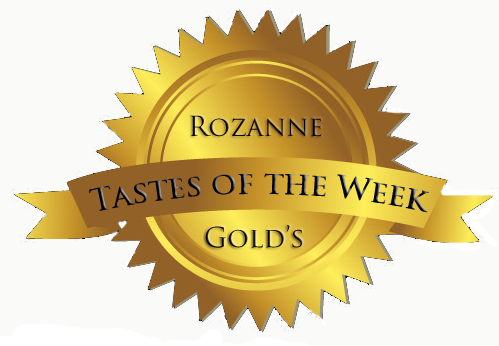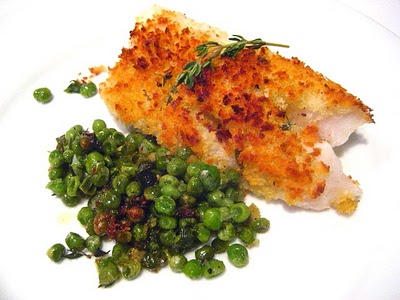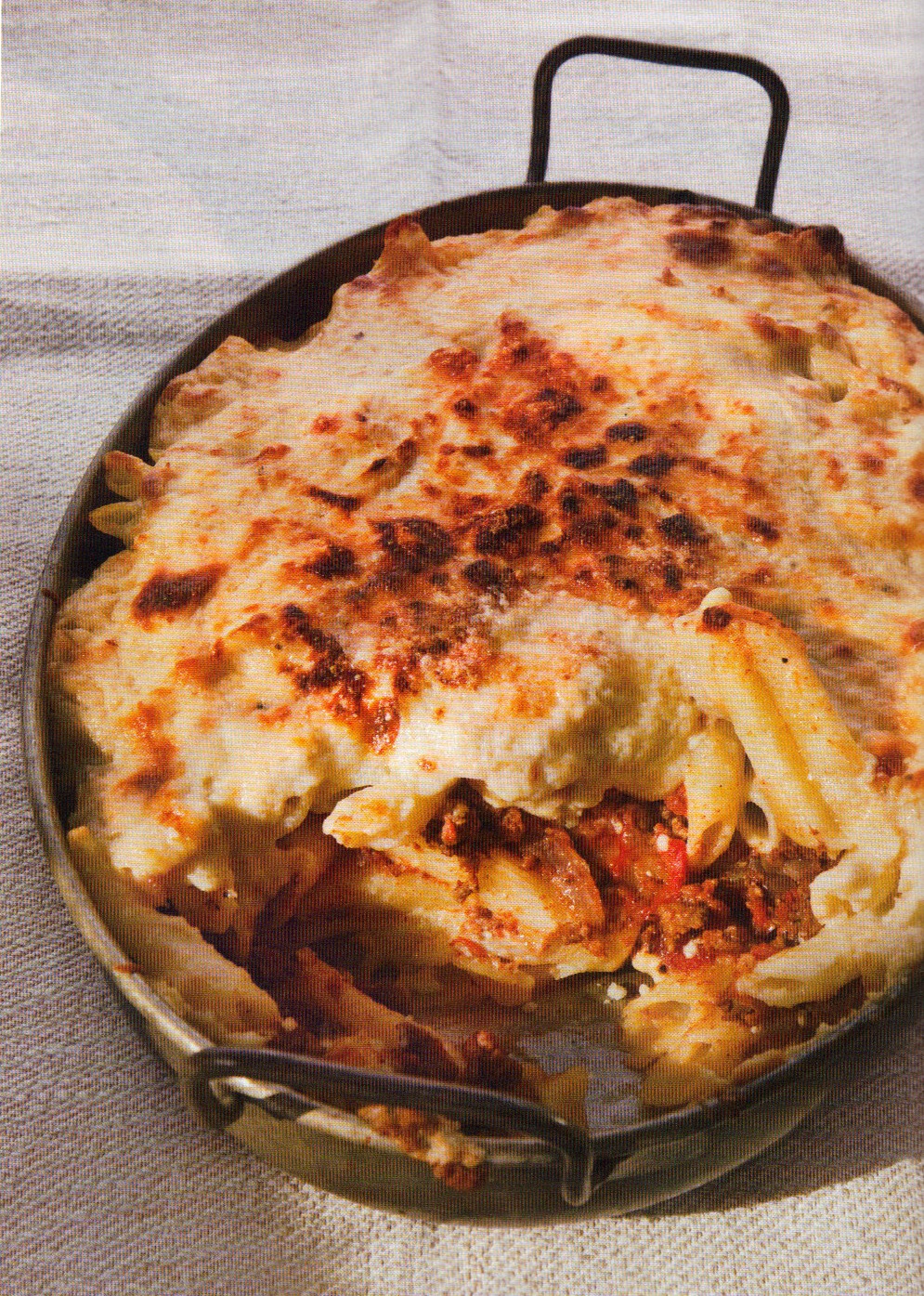 March 26 through April 2, 2012
You've heard of sour grapes? Try salty grapes! A delicious accident waiting to happen. I had given my daughter some matzoh with butter and salt and put a small bunch of ripe black seedless grapes on her plate. When she was all done and I was about to wash her plate, I popped one of a few salty grapes in my mouth. It was fantastic. Try it.
March 26 through April 2, 2012
You've heard of sour grapes? Try salty grapes! A delicious accident waiting to happen. I had given my daughter some matzoh with butter and salt and put a small bunch of ripe black seedless grapes on her plate. When she was all done and I was about to wash her plate, I popped one of a few salty grapes in my mouth. It was fantastic. Try it.
At the French Culinary Institute on Sunday, my daughter and I helped celebrity chef Bill Telepan prepare a healthy school lunch based on the initiative started by the "Wellness in the Schools" program created by Nancy Easton. We all wanted seconds. Great chili, yellow rice with peas, fresh salads with the BEST homemade french dressing recipe (must get the recipe), cut up oranges, bananas and apples. Cold skim milk. And all on a very slim budget. We had a blast. In the kitchen popped up some of the world's best chefs -- including Andre Soltner from Lutece and Cesare Cella from Salumeria Rosi, both deans of education at the school. But speaking of school lunch programs -- this just in from Sweden: disco lunch! You listen to great music, dance a bit, grab a sandwich -- and the money goes to charity! Not only is this a great idea but it burns some calories.
Seamus Mullen has made quite a splash as the chef-du-jour at the beloved, crazy-busy restaurant Tertulia in New York's Greenwich Village. We had a fabulous, fun dinner the other night with our friend from Malaysia who oversees 250 hotels in Southeast Asia for Starwood. He is always on the prowl for great new concepts. Dinner began with splendid jamon iberico, pan con tomate (the famous fresh tomato-slathered bread from Barcelona), and a variety of remarkable tapas, including stuffed eggs "devilled" with salt cod, anchovy toasts with pork belly and poached quail egg, deliciously funky wild boar "chorizo," then on to more crisped lamb belly, pesce spada (swordfish), fabulous nuggets of fried sunchokes in a thick sumac-laced citrus yogurt sauce, and a huge paella made with a whole Amish chicken, gorgeously cooked. Soon to be had: the best Spanish wines from the region of Galicia, brought in by über-wine importer and Spanish wine maven, Gerry Dawes. Lots of foodies for dinner that night and I had a sneak preview of Seamus' new cookbook called Hero Food, which he wrote with Dorothy Kalins (former editor of Saveur and Newsweek.)
The real surprise this week was dinner at the Beagle on Avenue A. An out-of-town friend told us about it and so off we went -- four "girls" for a Saturday night gab-fest on the lower East side. Thanks to Priscilla Martel, co-author of On Baking: A Textbook of Baking & Pastry Fundamentals (3rd Edition), radio host and WHYY-producer Lari Robling, and Kathy Gold (no relation), founder and executive chef of In the Kitchen Cooking School we shared a remarkably conceived-and-cooked meal. Executive chef Garrett Eagleton needs to be better known and I'm sure that will happen soon. The execution of the Striped Bass with glazed cipollini onions, rock shrimp and "broth" was absolutely perfect, as was my dish of a crispy flattened half chicken served with Irish oats (!), turnips and jus. It tasted positively French and oats are a brilliant starch to play with. I'm sure this will be copied everywhere. The "jus" was voluptuous and reminiscent of the classical stocks that I long for. Also brilliant are the little "pairing boards" of small tastes paired with a tiny "cocktail." Did I say this was brilliant? Listen to these flavor duets: Pork Belly and Rye -- salt-roasted pork belly, bay leaf yogurt, sauerkrauts and a mini Manhattan. Burrata and gin -- burrata, braised celery, parsley, arbequina olive oil, and a mini Martini. Mackerel and aquavit -- pickled mackerel, creamed pickled onion, garlic, caraway cracker and a taste of Aalborg Akvavit. Desserts, other than the very special black olive marshmallow, did not quite live up to the rest of the meal. And the prices are surprisingly reasonable given the quality and generosity of the offerings. I recommend it highly.
Tastes of the week to come: A review of Peter Kaminsky's new book, Culinary Intelligence.





 This is a bit of a shaggy dog story, but a real one. Think of it as a headnote to a recipe I'd like to share so that you have something delicious to make for your Oscar Party this weekend. It's perfect. It's multi-culti, can be made two days in advance, and is terrific with ballsy red wine. Lots of it. After all, the Oscars are one long dinner party.
This is a bit of a shaggy dog story, but a real one. Think of it as a headnote to a recipe I'd like to share so that you have something delicious to make for your Oscar Party this weekend. It's perfect. It's multi-culti, can be made two days in advance, and is terrific with ballsy red wine. Lots of it. After all, the Oscars are one long dinner party.







